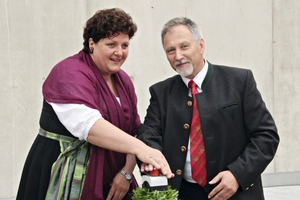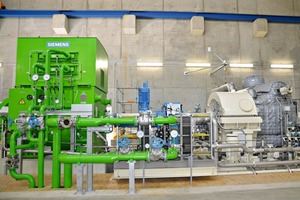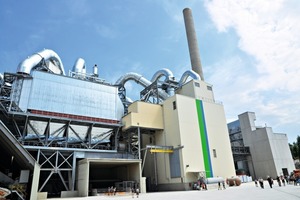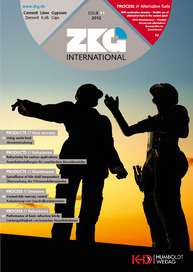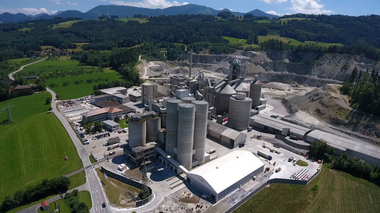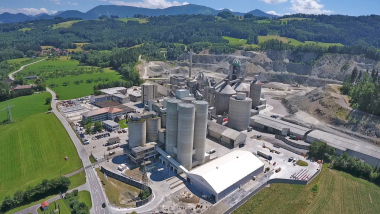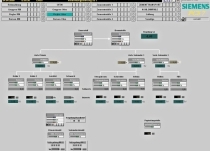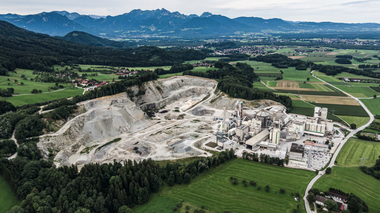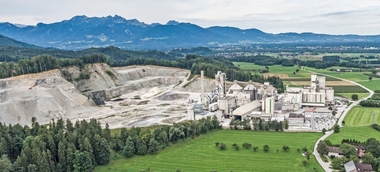Unique in Europe: Cement plant makes use of waste heat for power generation
It took six years for the conversion work in Rohrdorf and an investment in various environmental protection measures pointing the way ahead. With the festive commissioning of the waste heat power plant, the company can claim that it runs the most environmentally friendly and, at the same time, the most energy efficient cement plant in the world.
The Rohrdorf cement works is part of the Rohrdorfer Group that produces cement as well as ready-mix concrete, concrete products and precast concrete units at 40 locations in Germany, Austria, Italy and Hungary. They also extract sand and gravel. Heinrich Rodlmayr, technical manager of the Rohrdorfer Group, underlined in his welcoming speech the importance of the plant for the location quoting Marcel Huber, the Bavarian Minister of the Environment, “We want to be able to meet our demand for power ourselves. The Bavarian industry must not depend on the wind turbines rotating in the North Sea.” Heinrich Rodlmayr added: “Now we can say proudly that the Rohrdorf cement works will contribute to this with the new power plant.”
Power generation from waste heat
The innovative and environmentally friendly plant was sponsored by the Ministry of the Environment within the framework of the climate protection initiative. Furthermore, the first plant of this kind in a cement factory in Europe received the first prize in the category “Environmentally sound products and solutions” of the Siemens Environmental Award 2011. The Siemens Environmental Award is an international award given by Siemens within their branches all over the world for particularly innovative solutions in the field of environmental protection.
Measures for environmental protection have top priority
In 2006 they started with a new raw mill including filter plant. Setting up the SCR nitrogen oxide removal plant in 2011, i.e. a catalyser to reduce nitrogen oxides, the company was a trailblazer in the branch because no comparable process had been started before worldwide (Fig. 3).
Due to its pilot character the project was funded with 4.7 million € also by the Ministry of the Environment. Furthermore, the cement works received the second prize of the “Energy Efficiency Award 2011” of the German Energy Agency (dena) for their daring investment. The rotary kiln was also converted in 2011. A modern and energy efficient pendulum grate cooler replaced the 35-year-old planetary cooler. 10 000 tons of coal and, consequently, 28 000 tons of carbon dioxide are saved per year due to the new cooler. In the last six years the company invested a total of 100 million € for environment protection and energy efficiency. The commissioning of the power plant marks the end of the longstanding conversion phase. www.rohrdorfer.eu

